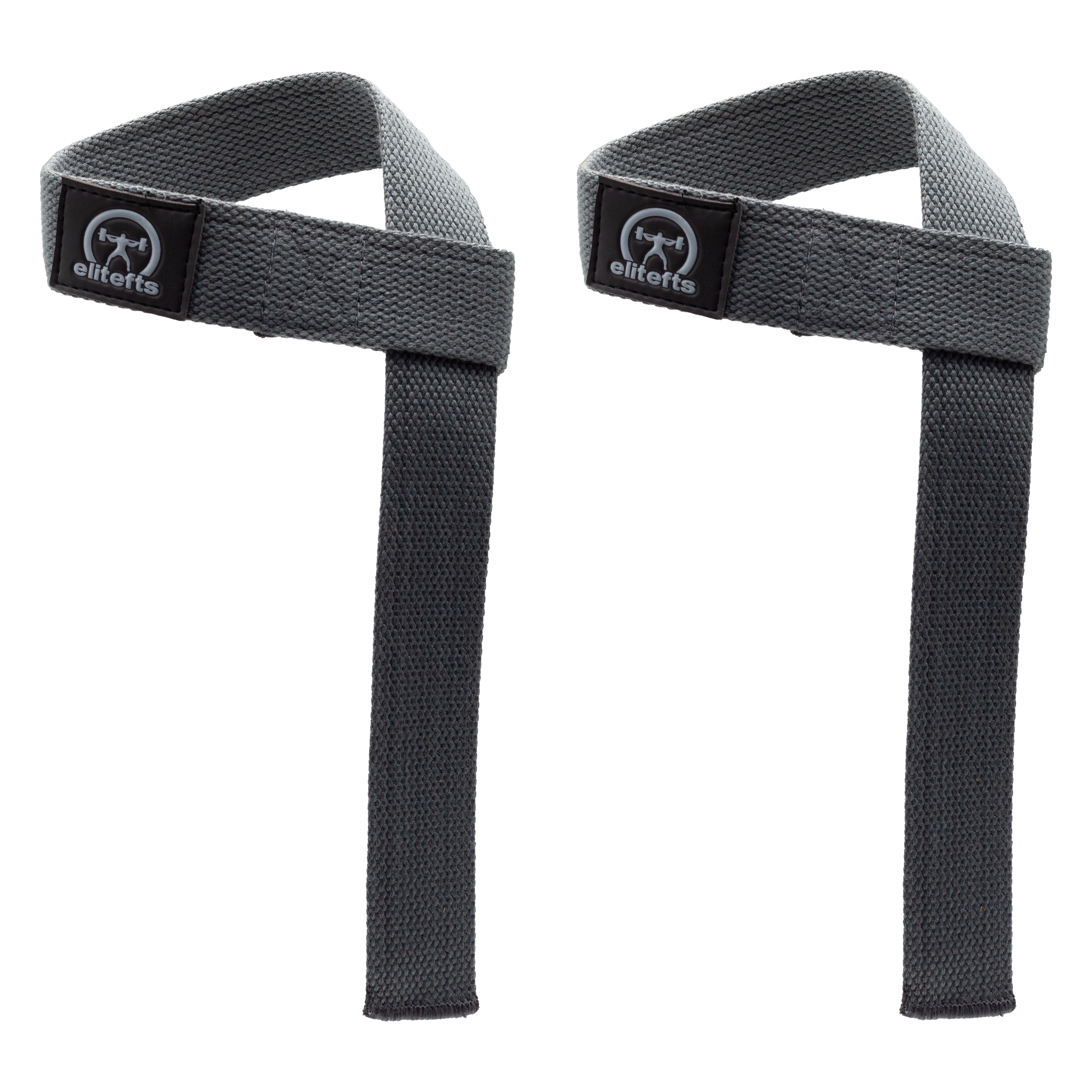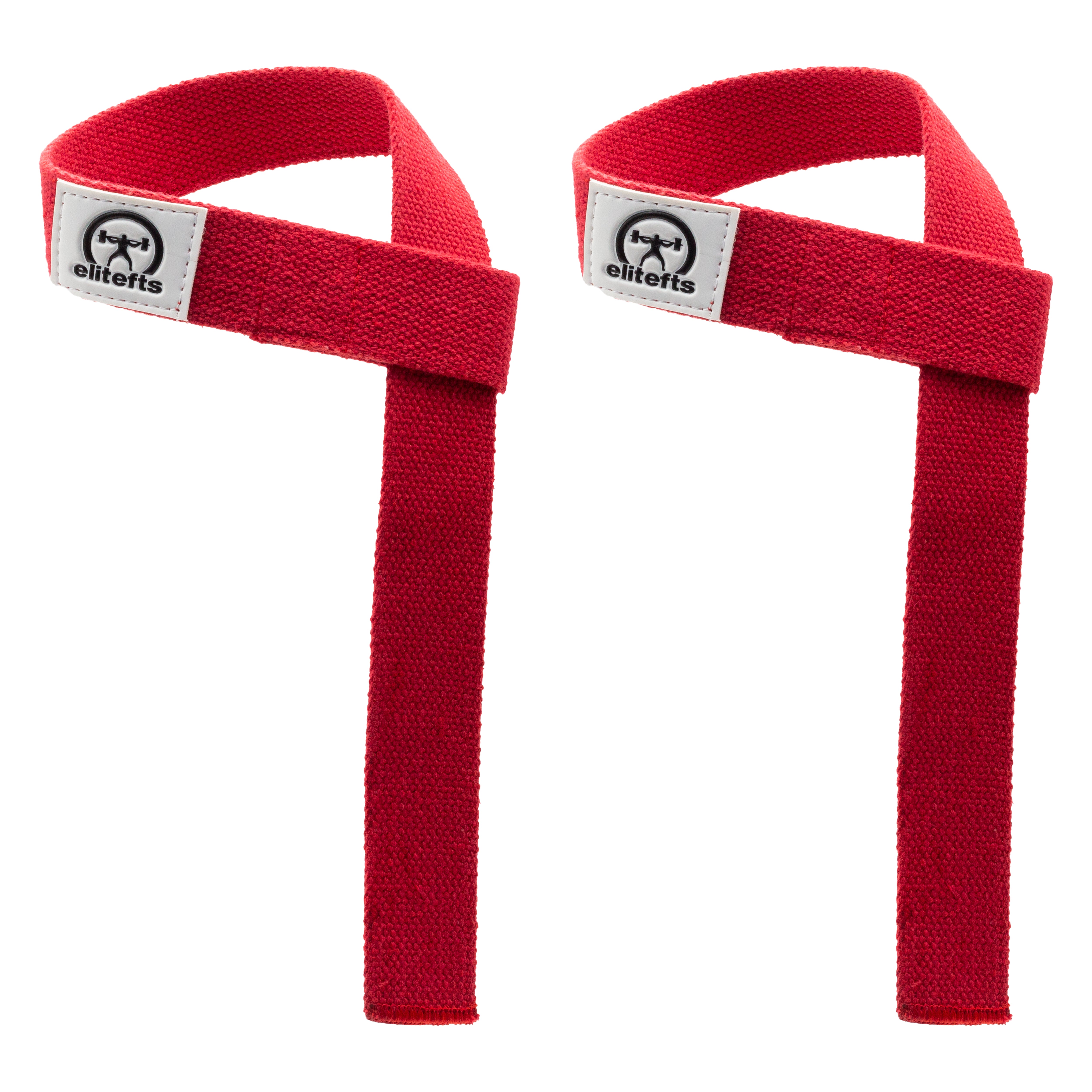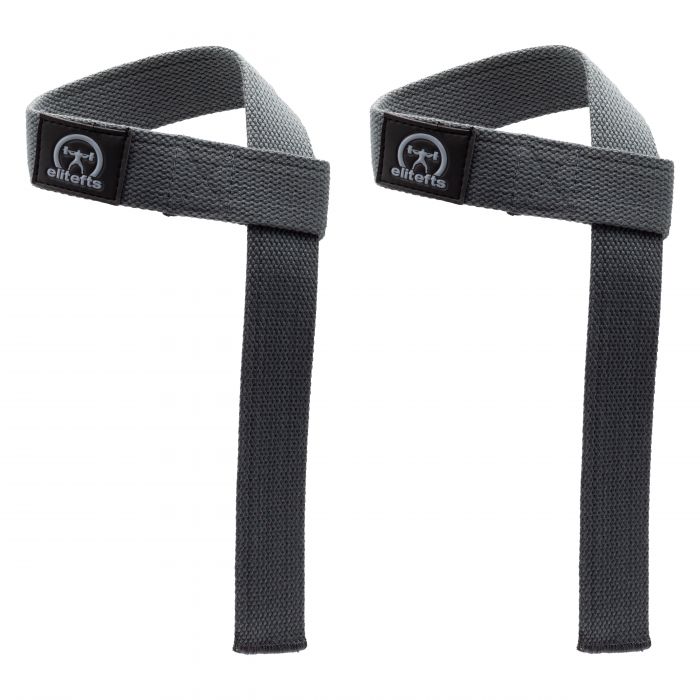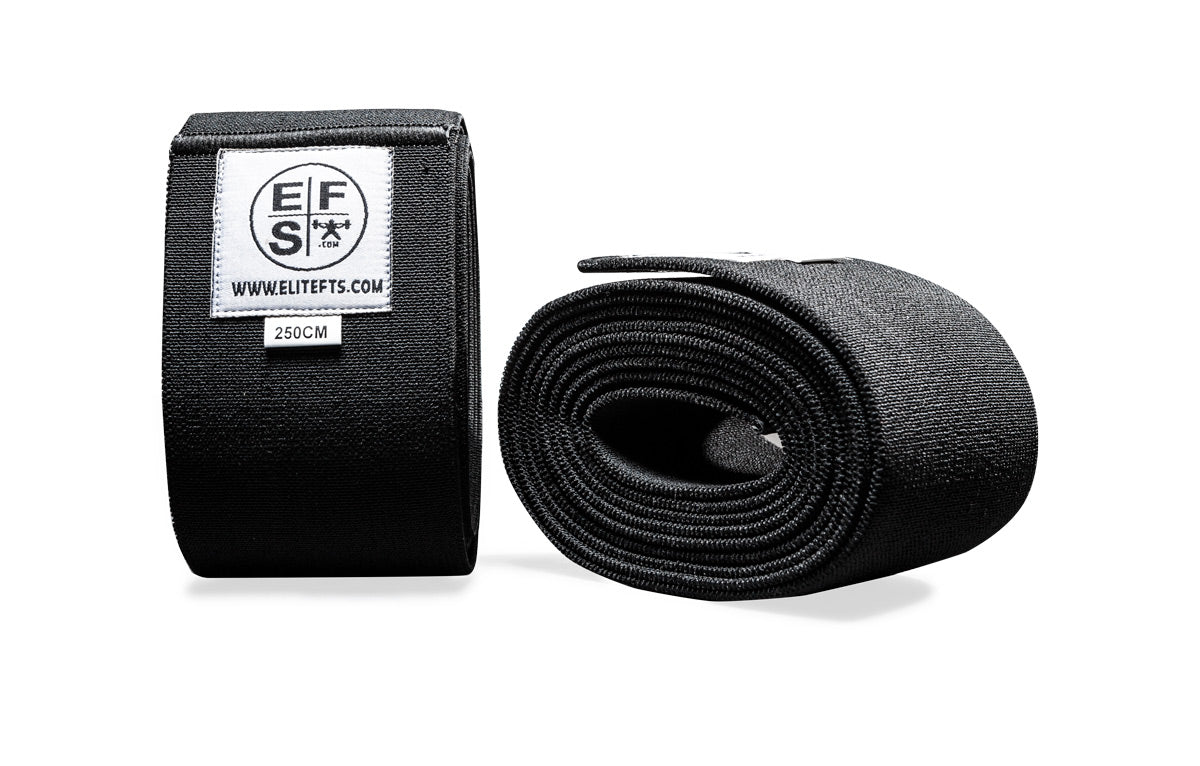elitefts™ Sunday Edition
As more knowledge becomes available and as the field of science expands, we are seeing greater progress in understanding the foundation and tenants of many different professions, especially in the sciences. This applies to almost all professions but especially in the engineering, electronics and biomedical fields. As a result, new ideas and practices are constantly being implemented with great success. It appears that the sciences are the foundation for progress in almost all professions. It leads the way to not only greater understanding but to more innovations and improvements in practice. But science seems to be absent when it comes to the training of a football player. Instead of seeing new advances we see the same concepts and methodologies being perpetuated. Progress, if this is what it can be called, is seen in variations of old exercises and new equipment for basically the same strength exercises. We do see progress in new and different strategies but these are indirectly related to the physical and technical development of the player. Progress seems to be implied when coaches talk about and advertise their new training facilities. The bigger the facility and the more equipment it has, the more impressive it appears. These facilities are used as a recruiting device to impress young players. However, I have not been able to find a team or university extolling their training philosophy and methodologies. I've been unable to find teams that boast of their ability to improve running speed, speed of movement, force or distance of throwing, and the ability to execute quicker cuts with actual results. In other words, teams don't boast of the specific results that they are capable of producing except in very general terms. Because of this and other reasons that follow, I maintain that the training of football players does not have a scientific base. I see examples of it constantly in just about every sports or football related magazine and in various sports and football related websites and forums. If you look into the archives of the literature in the 1970s and 80s, you will see that the training knowledge at that time was the same or superior to the knowledge that is being displayed today. In other words, there has not been any progress in expanding and understanding the information that we had available 30 to 40 years ago on how to best train an athlete to produce the best performance on the field. This is the key element! How well the player executes on the field is the key to any player’s success. How well he executes the skills involved determines not only how well he plays but also the success of the team. Keep in mind that the best offensive or defensive strategy in the world will not be successful if the players cannot carry it out. The foundation for all strategy should be based on the athlete’s ability to execute the required skills. But this strategy fails when the athlete is not capable of displaying effective technique and does not have the physical abilities that are specific to his technique. This is an often overlooked aspect of training, but yet, it is the crux of any success that a team may achieve. Today it appears that success revolves around how well the athlete performs in the weight room. How much you can bench, deadlift, squat, snatch, press etc. seem to be the gold standards for a successful athlete. Overlooked is the fact that regardless of how impressive the gains in strength may be in these or other lifts, the players are not necessarily better performers on the field. In many cases they actually become worse players! For example, in football combines, one popular test is to see how many repetitions the player can post in the bench press with a 225 pound bar. As good as this test may be, some top performers in this event have failed as players in the pros. Related examples can be given with some of the other tests which do not duplicate what the athlete does on the field. But coaches use these results as gold standards for selection of players even when done in conjunction with other criteria.

Another example of why I say that progress is not being made in football, can be found in the area of plyometrics, a critical training means to improve speed, quickness and explosiveness. Rather than adhering to the original definition and practice of plyometrics as exemplified by its originator Yuri Verkhoshansky, plyometrics has now taken on the same meaning as any type of jump exercise. When I first introduced plyometrics to the United States, after working with Dr. Verkhoshansky, the creator of plyometrics in the former Soviet Union, I brought out how it was used to elicit a strong and powerful muscular contraction in the shortest amount of time. But today most coaches think of plyometrics as jumping without any true impact or quickness. This is opposite of what plyometrics should be. In evaluating many football training programs, I have found some examples of correct but mostly incorrect execution of plyometric exercises. For substantiation simply look at execution of many plyometric exercises on YouTube. You can see many jump exercises being executed over a long range of motion or without the necessary fast switch between the eccentric and concentric contractions. Even the concept of specialized training or specialized strength exercises is still not fully understood in football and is constantly debated. Most football strength and conditioning coaches, rather than doing mainly specialized strength exercises, spend most, if not all of their time, on execution of general strength exercises. By this I mean they do exercises that are good for strengthening the major muscles of the body but that do not duplicate what the athlete does in execution of his skills on the field. Some of the exercises may however, entail involvement of the same muscles as used by players in execution of different skills. But yet, general strength, explosive training and the role of specialized strength and explosive exercises was well-established back in the 1980s. I wrote many articles on this topic that appeared in various sports training and conditioning magazines such as the National Strength and Conditioning Association Journal. Understand that in specialized strength training the player gains strength in the same neuromuscular pathway as seen in execution of a specific skill. In addition, strength is developed over the same range of motion as it is displayed in execution of the game skill. By skill I mean the ability to run, jump, cut, hit, throw, kick, etc. and to execute these skills well. In this case the specialized strength exercise couples the skill technique with strength in the execution of the exercise. Few strength exercises fulfill these criteria. Specialized strength exercises are very specific to a single joint action or multiple joint actions as seen in execution of the skill. General exercises are a far cry from specialized strength exercises. The specialized strength exercises transfer directly to performance on the field but general strength exercises do not. This is why specialized strength exercises are so indispensable. Specificity of execution of general strength exercises is also critical but yet it appears to be lacking in most football training programs. By this I mean the exercise is executed in a specific manner in order to bring about the results for which is being used. A case in point is the glute-ham-gastroc raise (most often called the glute-ham exercise) that I constantly see being executed ineffectively. This exercise, when done most effectively, not only helps improve running performance but helps to prevent hamstring injury, especially when the player also has correct running technique. By ineffective exercise execution I mean the manner in which the exercise is done does not strengthen the hamstring muscle from both the hip and knee joint ends. When done correctly, the athlete will feel a distinct change in muscle intensity when he also executes the knee band after the first half (hip extension) of the exercise. The way most players do the exercise today they, in essence, do a reverse knee curl rather than a glute-ham-gastroc raise.

Part of the reason why most athletes do not do this exercise most effectively is due to the fact that most of the Glute Ham machines do not have the necessary adjustments and positioning in order to do the exercise correctly. I created this exercise and the Glute Ham machine so I know how it should be done for the results that I mentioned. Only with my machine (the Yessis Glute Ham Back machine) is it possible to execute this effective technique. If you have a machine that copied my designs then you too may be able to do it correctly. It should also be noted that with the Yessis Glute ham back machine, it is possible to do up to twelve additional exercises for complete hip and core strengthening. Some of the exercises, especially for the abdominals and lower back, duplicate what the athlete must do in execution of many skills. In addition, it is possible to isolate upper and lower abdominal strength, abdominal rotational strength, lower back strength and lower back rotational strength. The glute ham gastroc raise is not the only exercise that is often done ineffectively. For example; when doing a squat, backfield players typically do the sumo squat rather than using the narrow stance in which the feet are under the hips for some of the sets. The reason for this is that this positioning more closely duplicates the strength of the quadriceps, hamstring and glute muscles as they are involved in running. More examples can be given, but the key point here is that some general exercises can be made into specialized exercises when they duplicate what the athlete does in execution of his skills. Even the concept of explosive or power training appears to be not fully understood. Many coaches still believe that explosive power (explosiveness) comes from the lifting of heavy weights or doing Olympic lifts. Other coaches believe that explosiveness is developed from lifting light weights very quickly. Even more definitions can be found that only confuse the issue. Yet, I wrote about this back in the 1980s, in a series of articles that appeared in the National Strength and Conditioning Association Journal. I debated this with Arthur Jones through one of his spokespersons until he could no longer argue to substantiate his erroneous belief that development of strength with slow intense movements developed explosive power as needed for football and other sports. Periodization is still another concept that also appears to be misinterpreted and misused even though it was spelled out in detail by the Russians back in the 1960s and 70s. Its tenants are very simple and easy to understand but over the years the information has been so misused that it is now difficult to understand exactly what is meant and how it is applied. But yet, periodization is very important in football when considering preparation for Spring training and associated playing, in addition to preparation for the season which follows a few months later. Periodization is often also used for training physical qualities such as strength for which it was never intended. All periodization schemes for development of a physical quality cannot be substantiated. As a result, this has only lead to more confusion rather than elucidation of the problem. Understand that there is no progression in the development of strength except for intensity and volume. When training is specific, the physical quality is developed with a specific training program. For example, specific programs already exist for developing concentric, eccentric or isometric strength. Programs already exist for development of absolute strength, speed-strength, explosive strength, strength endurance and combinations of them. Well known programs already exist for the development of muscle mass, or strength with muscle mass, or strength without muscle mass. There are even guidelines for how strength training programs should be structured for beginners as well as high-level athletes. This also includes training programs that are differentiated for the novice athlete and for the high-level athlete. Even the training of quarterbacks and other position players is different from other players. But yet we see little of this in football training programs. Examination of most programs indicates that all or most of the players do basically the same work outs.

This lack of progress in developing more effective players is seen not only in the basic knowledge and concepts that underlie the training of football players, but can also be seen in sports magazine and journal articles. For example, there have not been any new or different innovations in the training of an athlete presented in American literature for many years. Most articles and training concepts are merely a variant or takeoff on something that has already been well-established in the former Soviet literature. Suffice it to say that in essence, almost all training philosophies and methodology presently in use have come from Soviet theory and practices dating back to the 1970s-80s. For those who are interested, much of this information can be found in the Fitness and Sports Review International, previously known as the Soviet Sports Review, and in the book, Secrets of Russian Sports Fitness and Training. Isn't it about time that football embraced the tenants of sports science? This lack of progress in using science or scientific principles in the training of football players is seen in expanding the basic knowledge and concepts that underlie the training of an athlete. It sometimes appears that we have forgotten what has already been discovered and proven to be beneficial and are substituting more popular but unproductive training practices. Because of this, very few coaches are looking at the results that they get in relation to player performance on the field. It appears that more coaches are concerned with the results that they get from doing particular exercises in the weight room and with particular pieces of equipment. But how you play on the field should be the bottom line. Does the exercise or training program improve the player's ability to perform better on the field? This is what we should not only be asking for but demanding from all exercise programs and exercises. This can lead to not only more football fit players but also players with better skill technique and fuller development of the physical qualities specific to their technique. This in turn will lead to more successful teams, fewer injuries and more spectacular play. For more information on this topic see
Build a Better Athlete and
Sports: Is It All BS? 














































































































